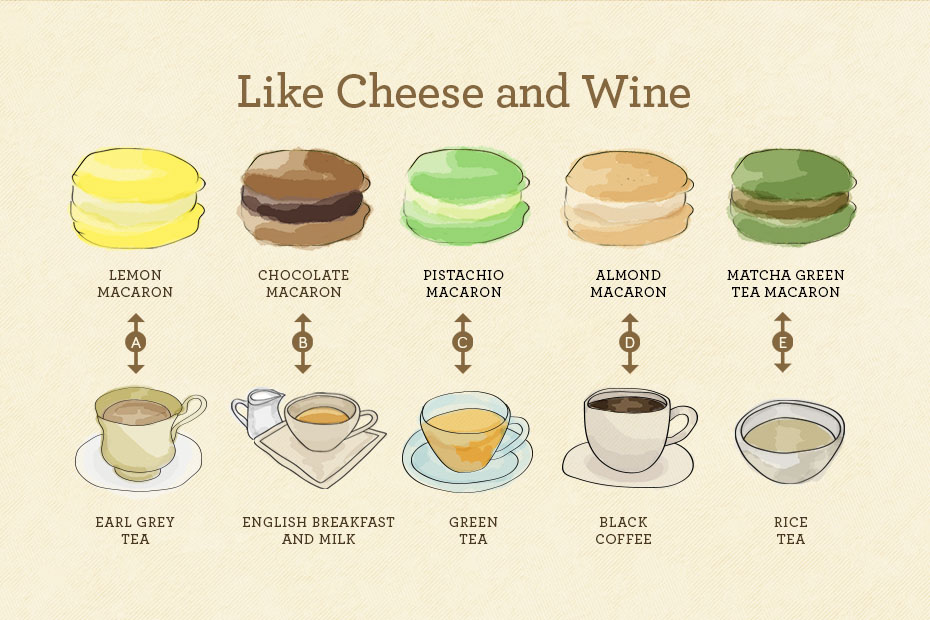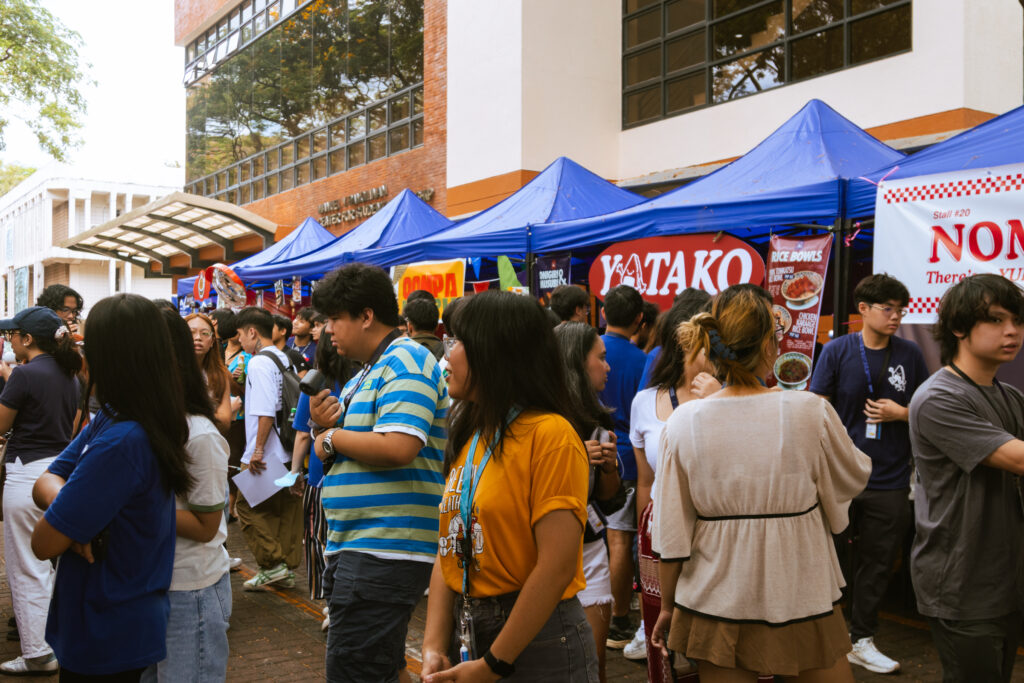Infographics by Ellan T. Estrologo
The little cookie we associate so much with the grandeur of Paris did not actually originate from the city of love. It came from the kitchens of Italy, specifically that of Catherine de’ Medici, an Italian noblewoman.
It was when de’ Medici married King Henry II of France that the macaron was introduced to the country. There, it was used as pastry for special occasions and holy celebrations. During that time, it was simply an almond cookie with almond jam in the center. Only in the 1900s, through the intervention of Pierre Desfontaines, the grandson of the founder of Ladurée, did the invention of the modern cookie sandwich come to be.
The term “macaron” comes from the Italian word macarrone or meringue—whipped egg whites and sugar—which forms the base of the cookie.
The basics
The macaron, or le macaron de gerbet, is actually the Parisian adaptation of the Italian offering.
The macaroon, though very different when compared to its Parisian counterpart, is the more rustic adaptation of the Italian pastry; merely substituting the crushed almonds with desiccated coconut.
The cookie is made of a mixture of egg whites, almond flour and sugar, then incorporated with natural or artificial coloring to create the signature vibrant finish.
The filling is usually made from jam, ganache or buttercream, with flavors ranging from chocolate and vanilla, to something as peculiar as peppercorn and bacon.
A properly executed cookie would have indications in the crust; it must be shiny, smooth and thin. A thin crust means that the center is still soft and chewy. A smooth crust means it’s well-mixed and sifted. A shiny crust means that the ingredients were perfectly rationed, perfectly sifted and perfectly baked.
The macaron, though very small, is also often very expensive—usually priced at P50 per cookie. The main reason behind this is the use of almond flour, which costs about P800 per kilo, compared to all purpose flour priced at a mere P45 per kilo. This, along with the strenuous process of aging the eggs and manually refining the flour for smoother finishes, makes this miniscule cookie quite the luxury.
Like cheese and wine
A perfect macaron is best enjoyed with a cup of freshly brewed tea. But like with any food pairing, different macarons go best with different teas.
Lemon Macaron with Earl Grey: Zesty lemon paired with the earthy tones of Earl Grey makes for a classic combination.
Chocolate Macaron with English Breakfast and Milk: Much like cookies and milk, this combinations pairs the dulcet bitterness of the chocolate with the creaminess of milk and subtle sweetness of English Breakfast.
Matcha Green Tea Macaron with Rice Tea: Go for fusion with this intercontinental mix—matching the soft bitterness of matcha with the smoky flavors of the roast rice.
Pistachio Macaron with Green Tea: Deceive yourself with this “green” matchup, blending the savory pistachio with the light green tea.
Almond Macaron with Black Coffee: Going rustic, the original almond macaron goes perfect with a fresh brewed cup of joe.






